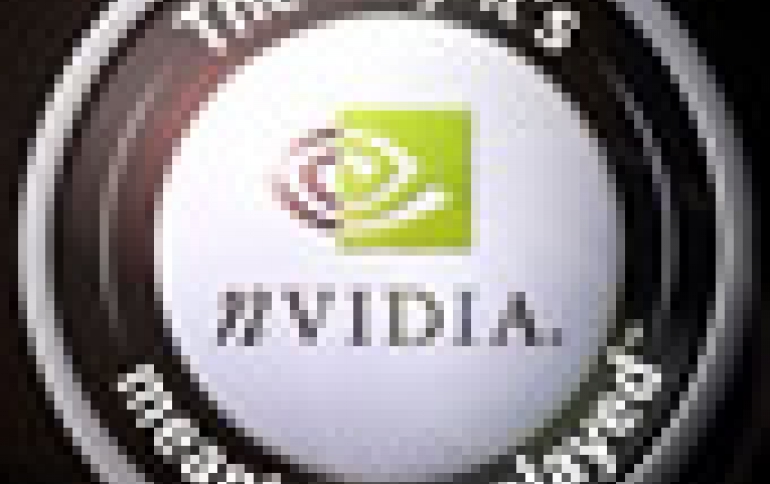
Nvidia GeForce 8800 Specs Leaked
Sources in Taiwan have confirmed that Nvidia's upcoming GPU GeForce 8800 (formerly codenamed G80) is designed to fully support Microsoft's DirectX 10 Shader Model 4.0 technology.
Nvidia is scheduled to officially launch the new GPU on November 8, the sources
said.
According to the Digitimes publication, Nvidia will release two versions of the GeForce 8800, the GeForce 8800 GTX and the GeForce 8800 GTS. The models will vary in features such as the number of stream processors (128 and 96, respectively), core clock (575MHz and 500MHz) and shader-engine clock (1350MHz and 1200MHz). Both versions will be SLI ready, with 16x full-screen antialiasing and 128-bit floating-point high dynamic-range (HDR) lighting technology.
Using Nvidia's reference designs, makers are expected to roll out graphics cards equipped with a recommended 768MB or 640MB of on-board memory for the GeForce 8800 GTX and the GeForce 8800 GTS, respectively. With a different memory clock (900MHz versus 800MHz) and memory interface (384-bit versus 320-bit), the cards will vary in memory bandwidth (86.4GB/s versus 64GB/s) and texture fill rate (36.8 billion versus 24 billion texels per second), according to the sources.
According to the Digitimes publication, Nvidia will release two versions of the GeForce 8800, the GeForce 8800 GTX and the GeForce 8800 GTS. The models will vary in features such as the number of stream processors (128 and 96, respectively), core clock (575MHz and 500MHz) and shader-engine clock (1350MHz and 1200MHz). Both versions will be SLI ready, with 16x full-screen antialiasing and 128-bit floating-point high dynamic-range (HDR) lighting technology.
Using Nvidia's reference designs, makers are expected to roll out graphics cards equipped with a recommended 768MB or 640MB of on-board memory for the GeForce 8800 GTX and the GeForce 8800 GTS, respectively. With a different memory clock (900MHz versus 800MHz) and memory interface (384-bit versus 320-bit), the cards will vary in memory bandwidth (86.4GB/s versus 64GB/s) and texture fill rate (36.8 billion versus 24 billion texels per second), according to the sources.





















